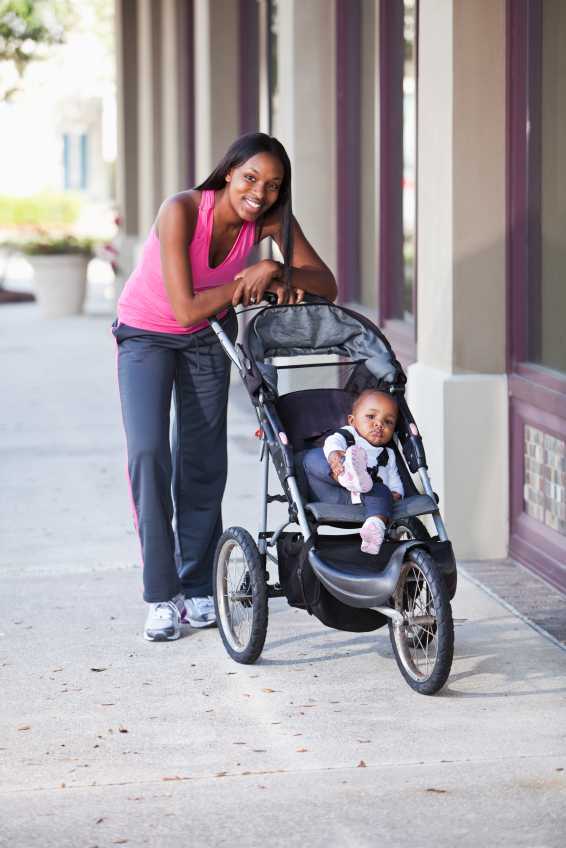Postpartum Exercise: Keepin it Real(istic)
Postpartum mothers are often juggling intense schedules: infant feeding, mealtimes for other family members, work both in and outside of the home, and there is scarce time for self-care. Throw in the typical postpartum fatigue, potential for postpartum depression, adjustment to parenting or adding another child to a family, risk for weight retention, and the ability of a new mom to resume or begin exercises can be beyond daunting. An additional complication arises when a woman has been on bed rest, as she has lost muscle mass and cardiorespiratory function and endurance. How can we best set up a new mother for success?

Research published in the journal Clinical Sciences reports that regardless of exercise intensity, women receiving postpartum intervention experience health benefits. If a woman is unable to reduce the weight gain that occurs in pregnancy, by 6 months postpartum she will have increased risk factors for developing chronic disease, according to the authors. In the study, 20 women were instructed in nutrition advice and low intensity (30% heart rate reserve (HRR)) and another 20 women women were instructed in nutrition advice and moderate intensity(70% HRR) exercise. A group of controls (n = 20) was included and matched for BMI, age and parity.
The exercise program included supervised walking for 45 minutes, 3-4 times per week for 16 weeks. In order to achieve the target heart rate, some women walked with or without a stroller, or with a double stroller with added weight. The participants attended a supervised exercise session at least one time per week, and the first session was limited to 25 minutes, including a 5 minute warm-up and 5 minute cool down. Sessions were increased by 5 minutes per week up to a 45 minute limit. Pedometers were administered, home exercise logs were used to record distance when not in the clinic. and food intake diaries were completed. Each woman met with a nutritionist to be given a program that met her caloric needs and allowed for weight loss as appropriate. Women were screened for chronic disease at 7-8 weeks postpartum and again at 23-25 weeks postpartum.
Regardless of exercise intensity, both intervention groups lost body mass, had decreases in plasma low-density lipoprotein, and had reduced glucose and adiponectin concentrations, all positive changes for reducing chronic disease risk. As hypothesized, the control group did not experience the same positive changes. Here's the bad news: hanging on to increased BMI and low activity levels in the postpartum period can lead to lack of health. The good news: low-intensity walking programs and nutrition advice can improve risk factors for chronic disease. Many women may think they have to exercise at moderate intensity, 5-7 days per week, and while there may be additional fitness benefits from increased exercise intensity, our first goal for patients can be overall health versus fitness.
How do we get new moms into exercise? Make it reasonable, fun, social! Hold postpartum fitness classes at your clinic or at a local center. Teach the women who are in your care about wellness principles, or offer a community lecture. If you want to learn more about postpartum fitness classes, the topic is discussed in the Care of the Postpartum Patient and in Postpartum Special Topics. The next Postpartum class happens in early April, so check out the website for details!
By accepting you will be accessing a service provided by a third-party external to https://www.hermanwallace.com/



































